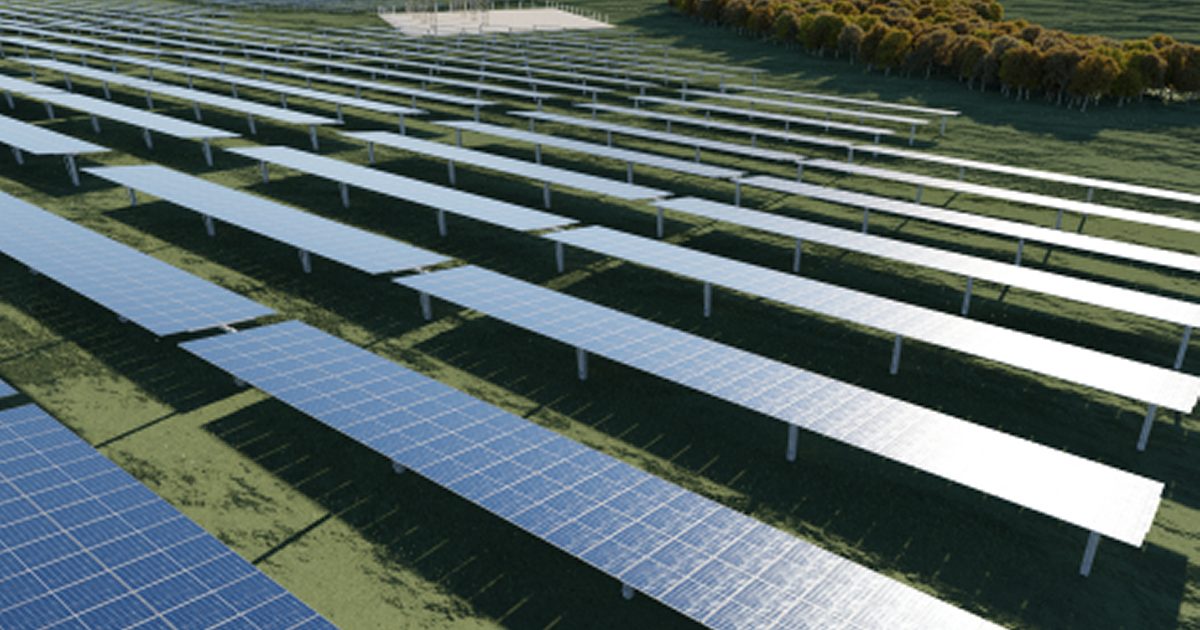New Zealand’s largest retirement village operator is getting into solar energy in a big way under a long term power purchase agreement.
Founded in Christchurch in 1984, Ryman Healthcare owns and operates 45 retirement villages in New Zealand and Australia, which are home to 13,900 residents. Most of these residents (around 12,000) are in New Zealand, spread across 38 villages from Whangarei in the north to Invercargill in the south.
In what’s claimed to be a first for the retirement industry, Ryman Healthcare has inked a deal with Australia renewable energy fund Solar Bay concerning the development of a solar farm near Maungaturoto, a small town in the Northland Region of New Zealand.
Ryman will be the 20MW solar farm’s only customer for an initial ten years. The clean power station is expected to generate 29.94 million kWh (29.94 GWh) each year.
The arrangement also involves electricity generator and retailer Mercury, which will “top up” electricity supply when solar output is low (or non-existent), and buy output above what Ryman needs when output is high; balancing everything out.
“We’re excited about working with Solar Bay on this project because not only will it make our village operations more sustainable, and it will also take pressure off the national grid north of Auckland,” said Ryman Healthcare New Zealand Chief Executive Cheyne Chalmers. “We know our residents want to leave the environment in the best possible shape for their grandchildren and the generations to follow, so it is a wonderful deal to be part of.”
Ryman And Sustainability
Ryman Healthcare launched its inaugural sustainability strategy in October last year, outlining initiatives to reduce the environment impact of its operations. Sourcing energy from renewable sources in New Zealand is one of the first steps.
The strategy notes that back over this side of the ditch, a review of renewable energy sources for Australian villages is under way – with the company aiming for a goal of 100% renewable energy procurement by 2030.
Big Solar Getting Legs In New Zealand
In the December quarter (Q4) of 2022, renewables’ share of electricity generation in New Zealand was 94% – the highest quarterly share since 1980. Hydro, geothermal and wind power are the country’s main sources of renewables.
Solar power is still a bit player in NZ, accounting for less than 0.5 per cent of electricity generation and 0.2 per cent of final energy consumption in NZ in 2021 (Source: Energy In New Zealand 22).
But since that time, a bunch of solar projects have entered the pipeline, including Harmony Energy’s proposed 186MW solar farm in Waikato. And that’s not the largest PV project in the works. Todd Generation subsidiary Nova Energy is looking to build a 400 MW solar farm at Rangitāiki.
It was only a couple of years ago the largest operational PV facility in the country was a 2.1MW installation in Kapuni in South Taranaki (also a Todd Generation project). That may still be the case at this point, but it shouldn’t be long before it is dwarfed.
On the small-scale solar front, it’s also still a bit player in New Zealand – mainly due to the cost of installing systems. A 10kW system cost around NZD $24,500 installed as at late last year; which is approximately AUD $22,800 at current exchange rates. In Australia, a good quality 10kW solar system costs around $8,500 – $13,000 fully installed.


 RSS - Posts
RSS - Posts



Speak Your Mind